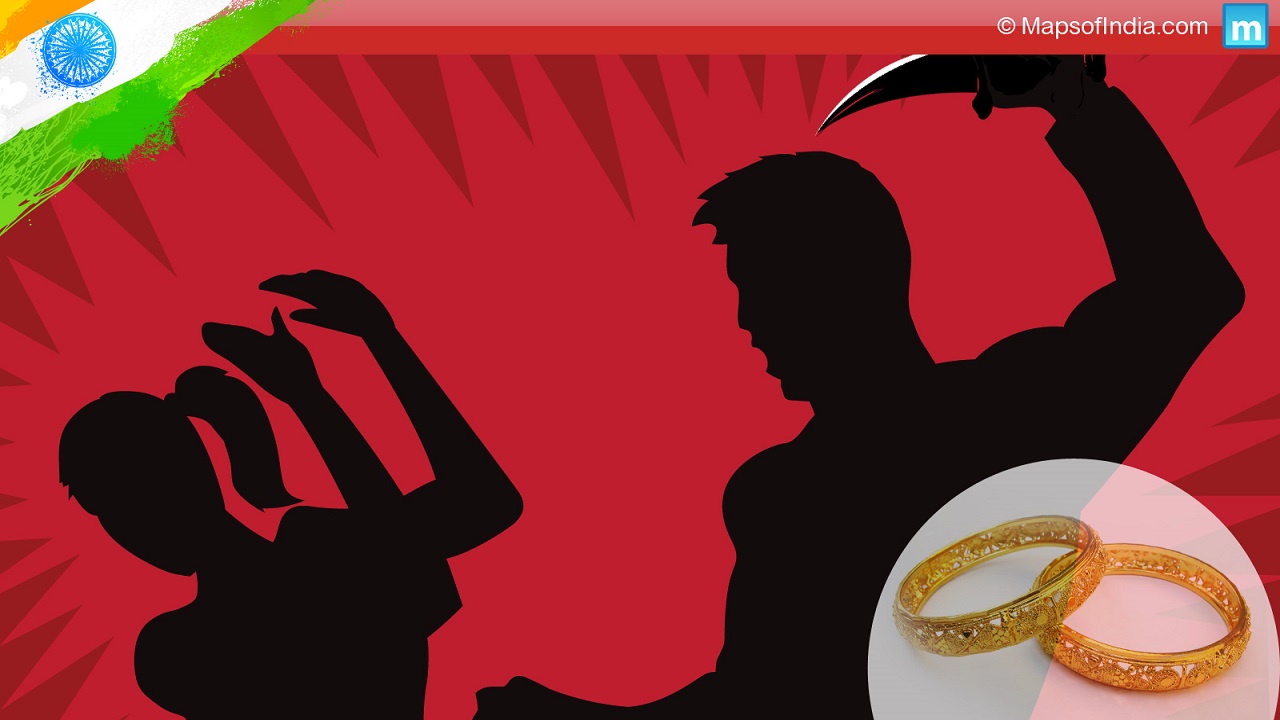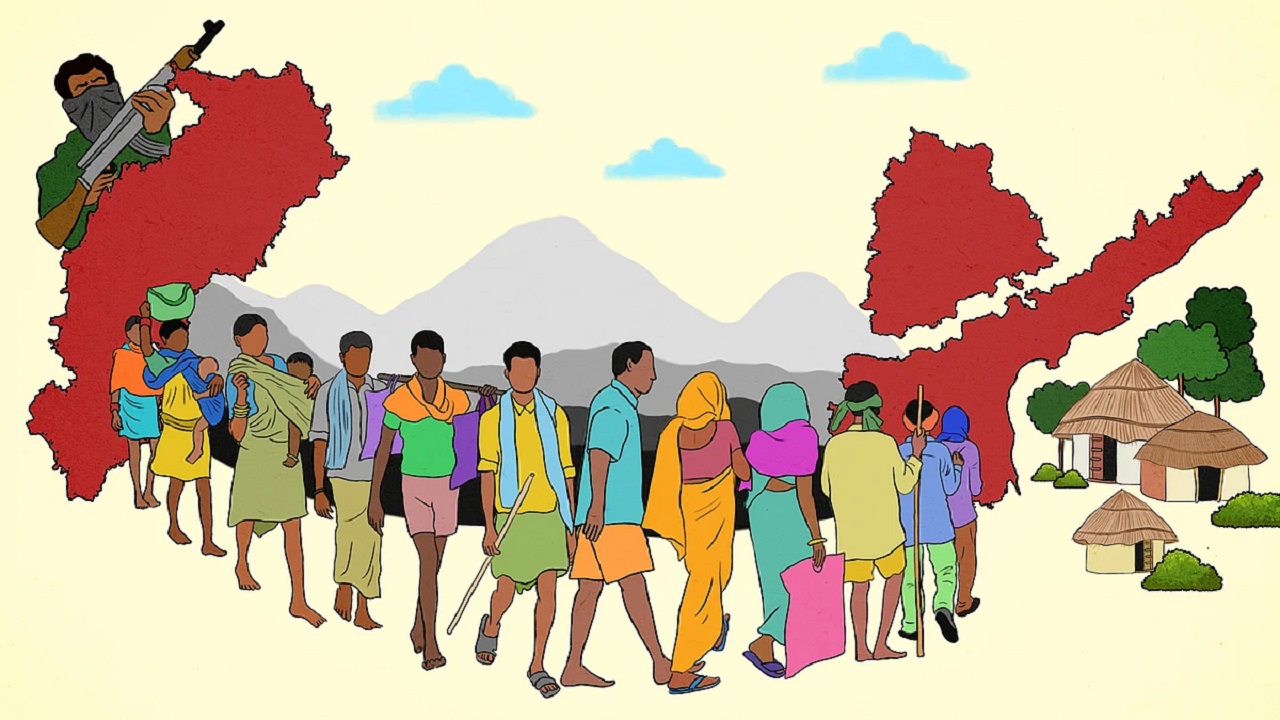Dowry Deaths in India: A Persistent Social Evil
Context
Recent incidents of dowry-related deaths have once again highlighted the persistence of this illegal and discriminatory practice in India. Despite laws in place for over six decades, dowry continues to be a cause of violence and death among women, pointing to the need for stronger implementation and societal reform.
Introduction
Dowry is not only a social evil but also a criminal offence under Indian law. The problem lies not just in its practice, but in the systemic failure to report, investigate, and prosecute dowry-related crimes. Newer legal provisions under the Bharatiya Nyaya Sanhita (BNS) and Bharatiya Nagarik Suraksha Adhiniyam attempt to address these challenges more effectively. However, cultural acceptance, patriarchal norms, and institutional delays continue to hinder progress.
Understanding Dowry and Dowry Death
-
Definition of Dowry
-
Defined under the Dowry Prohibition Act, 1961 as any property or valuable security given or agreed to be given, directly or indirectly, from one party to another at or before marriage.
-
In practice, this includes cash, goods, jewellery, vehicles, or property given by the bride’s family to the groom’s family.
-
-
Definition of Dowry Death
-
As per Section 80 of the Bharatiya Nyaya Sanhita (BNS), a dowry death involves:
-
Death of a woman within seven years of marriage,
-
Caused by burns, bodily injury, or unnatural circumstances,
-
Where she was subjected to cruelty or harassment related to dowry demands by her husband or his relatives.
-
-
-
Timing and Pattern
-
A majority of dowry deaths occur within the first seven years of marriage.
-
These deaths are often due to suicide (hanging, poisoning, burning) or murder, following sustained harassment or unmet dowry demands.
-
Societal and Gender Implications
-
Human Rights Violation – Dowry deaths strip women of their right to life, dignity, and safety.
-
Gender Discrimination – Reflects deep-rooted inequality and subjugation of women within households.
-
Patriarchal Structure – Reinforces male dominance and treats women as economic liabilities in marriage arrangements.
Regional Patterns of Dowry Deaths (2017–2022)
-
Total Murders Linked to Dowry – Over 6,100 cases across India.
-
High-Burden States –
-
More than 60% of dowry murders occurred in West Bengal, Odisha, and Bihar.
-
Adding Jharkhand, Uttar Pradesh, Madhya Pradesh, Rajasthan, and Haryana, the share increases to 80%.
-
-
Vulnerable Cities –
-
Delhi alone accounted for 30% of dowry deaths among 19 major cities.
-
Other cities with high incidence include Kanpur, Bengaluru, Lucknow, and Patna.
-
Legal Framework Governing Dowry-related Crimes
-
Dowry Prohibition Act, 1961
-
Section 3 criminalizes giving and taking dowry.
-
Mandates the return of dowry to the bride if received at marriage.
-
-
Bharatiya Nyaya Sanhita (BNS)
-
Sections 85 and 86 penalize cruelty or harassment that drives a woman to suicide or causes serious harm due to dowry demands.
-
Prescribes a minimum punishment of seven years, extendable to life imprisonment.
-
-
Bharatiya Nagarik Suraksha Adhiniyam
-
Governs procedural aspects such as registration, investigation, arrest, bail, and trial.
-
Replaces the older Code of Criminal Procedure for handling offences under the Dowry Prohibition Act and related BNS provisions.
-
Challenges in Reducing Dowry Deaths
-
Underreporting
-
An average of 7,000 cases of dowry deaths were reported annually (2017–2022), while many more go unreported due to fear, stigma, or family pressure.
-
-
Low Charge-sheeting Rate
-
Of the reported cases, only around 4,500 were charge-sheeted each year.
-
Remaining cases were delayed or disposed of for reasons such as insufficient evidence, false reports, or misunderstandings.
-
-
Delays in Investigation
-
By the end of 2022, nearly 3,000 cases were still under investigation.
-
67% of these cases had been pending for over six months.
-
-
Judicial Delays and Low Convictions
-
Out of 6,500 cases sent to trial annually, only about 100 resulted in convictions.
-
Over 90% remained pending due to procedural delays, plea bargains, or acquittals.
-
Measures to Address the Issue
-
Gender Sensitisation
-
Encourage dowry-free marriages and create awareness through educational and community programs.
-
-
Awareness Campaigns
-
Promote legal literacy and inform women about their rights and available legal remedies.
-
Empower victims to report harassment and seek support.
-
-
Judicial and Police Reforms
-
Establish fast-track courts for dowry-related crimes.
-
Ensure timely filing of FIRs and charge sheets.
-
Monitor investigation timelines and enhance police accountability.
-
-
Community Involvement
-
Encourage local vigilance groups, women's collectives, and civil society organisations to support victims and report violations.
-
Conclusion
Dowry deaths are a stark reminder of the failure to translate legal protections into real-world safety for women. While legislative frameworks such as the Dowry Prohibition Act and the Bharatiya Nyaya Sanhita provide the necessary legal tools, inefficient enforcement, judicial delays, and cultural acceptance of dowry continue to hinder progress. A multi-pronged approach involving legal reform, public awareness, prompt justice, and societal transformation is essential to eliminate dowry and safeguard the dignity and rights of women.




Comments (0)